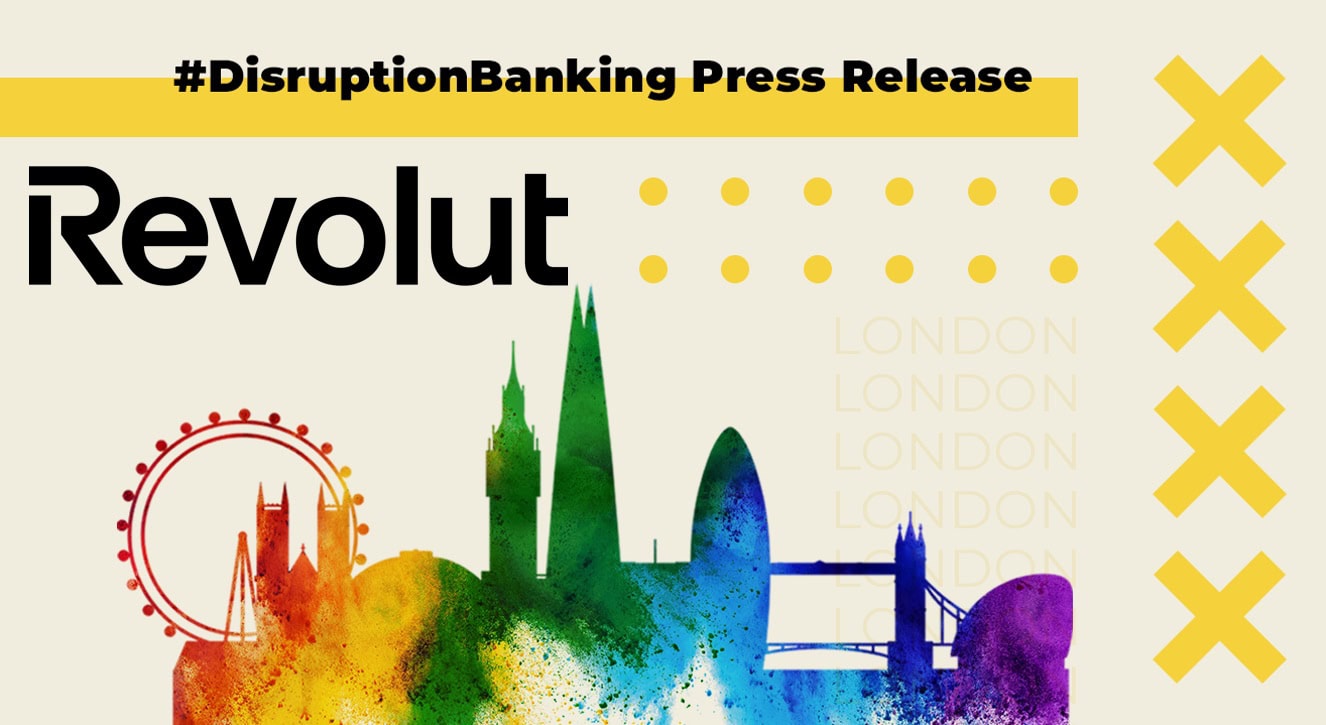Like many major banks in the UK, Barclays Bank’s financial performance over the past year has been turbocharged by higher interest rates. The bank has achieved record profitability thanks to higher interest income on loans and advances to customers.
Its Q2 earnings presentation shows that its return on tangible equity (RoTE) – a widely used performance metric that analysts rely on to assess a bank’s profitability – improved to 13.2% in the first half of 2023, compared to 12.5% a year earlier. RoTE is calculated by dividing profit after tax by shareholders’ funds. A return in excess of 10% is commonly expected from investors, as it signals prudent and profitable allocation of investors’ funds by the management.
Barclays’ improved financial performance in the first six months of 2023 has, however, done little to move its share price higher. YTD it is down 11% while, over a longer time frame of 5 years, it is down 20%. This lackluster performance has been disappointing for investors. “We are very conscious that shareholder returns have been disappointing for much of the last decade,” Barclays Chairman Nigel Higgins said in response to an investor at the bank’s annual general meeting in London this May.
Barclays to hire Boston Consulting Group to carry out a strategy review in a bid to help boost a longstanding weak share price https://t.co/1AfpR7GiW2
— Bloomberg (@business) May 19, 2023
High Interest Rates: A Double-Edged Sword
Barclays joins several other London Stock Exchange (LSE) listed banks in posting negative stock returns despite improved financial performance. Lloyds Banking Group, NatWest Group, Banco Santander, and HSBC are all down double digits in the past 5 years. In the past year and YTD, only Banco Santander and HSBC have gained value on the bourse, suggesting that Barclays’ decline is part of an industry-wide downtrend. The table below compares these banks’ returns over different time horizons.
| Bank | YTD return | 1-year return | 5-year return |
| Barclays Bank | -11% | -13% | -20% |
| Lloyds Banking Group | -10% | -7% | -29% |
| NatWest Group | -16% | -19% | -12% |
| Banco Santander SA | +21% | +37% | -18% |
| HSBC Holdings | +11% | +8% | -15% |
Analysts at Exane BNP Paribas in June warned that prolonged high interest rates were bearish for UK banks. Interest rates are a double-edged sword. Earlier in the cycle, they lift bank earnings — as has been the case in the past year. However, when they stay high for too long, they adversely impact earnings as banks have to compete for deposits by offering savers higher rates of interest. This effectively reduces banks’ net interest margin (NIM), a key metric that measures the difference between the rate of interest a bank earns from loans to borrowers and the rate it pays on deposits to savers.
High interest rates also lead to higher loan losses as some consumers and businesses struggle to pay higher debt servicing costs. This usually leads to increased loan loss provisions. Lower NIM and higher provisions all negatively impact future earnings, explaining why sentiment towards most UK lenders is decidedly bearish.
Increasingly persistent inflation in the UK points to the possibility of high interest rates lingering for longer. The situation isn’t helped by the fact that the Financial Conduct Authority (FCA) is exploring the possibility of compelling large banks like Barclays, NatWest, Lloyds, and HSBC to pay higher savings rates after claims they were “profiteering” from high borrowing rates. If this happens, it will put further pressure on NIM across the industry.
Tellingly, Barclays updated its full year NIM guidance on the Q2 earnings call, citing macroeconomic developments. Its revised guidance for NIM for the year is 3.20% or lower vs the previous 3.20% or higher.
UK banks meet finance regulator as anger grows over savings rates https://t.co/67VDXkdfVx
— Guardian news (@guardiannews) July 6, 2023
A Buying Opportunity?
While the decline in Barclays’ stock YTD is part of a broader market trend affecting banking stocks, investors appear to have been disproportionately bearish towards the stock when compared to peers. This is demonstrated by its distressed valuation, which is the lowest in its peer group. The table below, with P/E and Price to Book value data from Bloomberg, illustrates this.
| Bank | Market Cap (GBP) | P/E Ratio | Price to book value |
| Barclays Bank | 22.49 B | 4.05 | 0.42 |
| Lloyds Banking Group | 26.9 B | 5.36 | 0.73 |
| NatWest Group | 20.20 B | 5.05 | 0.65 |
| Banco Santander SA | 49.21 B | 6.16 | 0.62 |
| HSBC Holdings | 115.94 B | 6.27 | 0.90 |
Barclays Bank has the lowest P/E in the group and is the only one that is trading at less than half its book value. The bank is essentially valued like a falling company, even though it’s a stable bank with a return on tangible equity in excess of 10%. Its capital and liquidity ratios are well within regulatory requirements. Moreover, its loan book does not have high exposure to risky economic sectors like commercial real estate, which is extra sensitive to high interest rates. Of the £349 billion in loans and advances to customers as at June 30, only £16 billion was directed to commercial real estate, its earnings presentation shows. Loan losses have also been prudently managed, with a Q223 loan loss rate of 37 bps and H12023 loan loss rate of 44 bps vs a target of 50-60 bps for 2023.
Barclays’ deeply discounted shares present an opportunity for investors willing to look past the current challenges. Interest rates are cyclical and, once this cycle of high rates passes, banks like Barclays with distressed valuations could outperform.
It’s worth adding that the bank has reiterated its commitment to return excess cash to shareholders through sustained dividends and buybacks. In the first half of the year, it increased its dividend per share by 20% to 2.7 p from 2.25 p a year earlier. Provided they can be sustained without hurting the balance sheet, higher dividends amid a falling share price can be attractive for income investors chasing high yields. When it comes to share repurchases, Barclays added a £750 million buyback to the £500 million it completed in the first half. Buybacks reduce the number of shares outstanding and help accelerate EPS growth, thus supporting the share price in future. Thanks to these buybacks, Barclays’ share count has reduced more than 10% from 17.4 billion in FY2020 to 15.6 billion in H123.
While Barclays is a potentially good investment at current valuations, investors need to be mindful of the risks. Even though historical performance is not an indicator of future performance, history has a strong tendency to repeat itself in markets. Barclay’s has had a long history of underperformance. The stock has never recovered to the prices it commanded before the 2008 Global Financial Crisis when it was trading at more than three times today’s prices.
There also appears to be some major strategic changes underway. Bloomberg recently reported that the bank plans to hire Boston Consulting Group to carry out a strategy review of its operations in a bid to help boost the longstanding weak share price. According to the report, the mandate is “extensive and will cover all the bank’s units,” meaning a lot could change in the next few quarters. This could introduce heightened volatility depending on how investors react to proposed and perceived changes.
Author: Acutel
We are global investors who invest in good companies at fair valuation and speculate on all else subject to the risk exposure we can afford.
The editorial team at #DisruptionBanking has taken all precautions to ensure that no persons or organisations have been adversely affected or offered any sort of financial advice in this article. This article is most definitely not financial advice.
















One Response
Barclays will massive soon